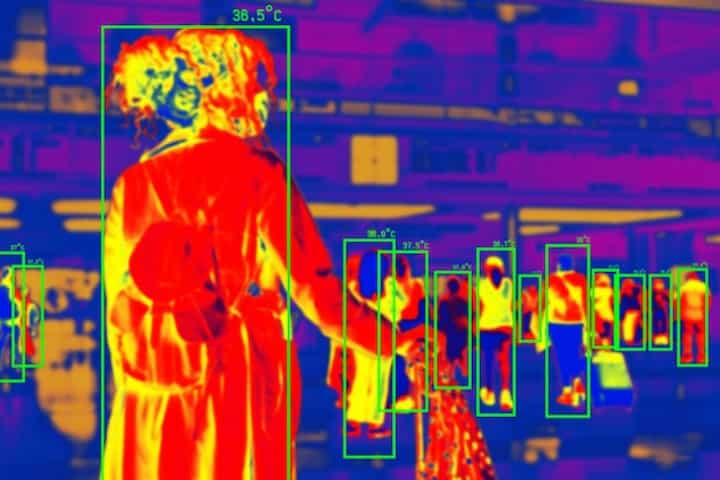
Essential Guide to Mold Surface Sampling for Accurate Inspection Reports
Mold surface sampling is a crucial component of mold inspection and assessment processes. Understanding the presence and extent of mold growth is essential for ensuring a safe and healthy environment. This article provides an essential guide to mold surface sampling, offering insights into its importance, methodology, and how to interpret results accurately. Whether you are a professional inspector or a concerned homeowner, grasping the nuances of mold surface sampling is vital for crafting comprehensive and accurate inspection reports.
Understanding Mold Surface Sampling
Mold surface sampling involves collecting samples from surfaces where mold is suspected to grow. Unlike air sampling, surface sampling focuses on visible mold growth, helping to identify the types and concentrations of mold present on various surfaces.
Importance of Surface Sampling
Surface sampling is crucial for several reasons:
- It helps to confirm the presence of visible mold.
- Identifies the types of mold present, which is essential for determining potential health risks.
- Assists in assessing the extent of mold contamination.
- Provides data for developing effective remediation strategies.
Methods of Mold Surface Sampling
There are various methods used for mold surface sampling, each with its specific applications and benefits.
Tape Lift Sampling
This method involves using an adhesive tape to lift mold spores and particles from a surface. It's a quick and effective technique for obtaining samples from non-porous surfaces.
Advantages:
- Simple and cost-effective.
- Provides direct evidence of mold presence.
- Effective for visible mold assessment.
Explore further insights here.
Swab Sampling
Swab sampling uses a sterile swab to collect samples from surfaces, particularly useful for uneven or porous surfaces where tape lift might not be effective.
Advantages:
- Effective for hard-to-reach areas.
- Can be used on a variety of surface types.
- Useful for both qualitative and quantitative analysis.
Learn more in this detailed guide.
Bulk Sampling
Bulk sampling involves collecting a piece of the surface material suspected of mold contamination. This method is particularly useful for in-depth laboratory analysis.
Advantages:
- Provides comprehensive data on mold presence and types.
- Effective for heavily contaminated materials.
- Allows for detailed laboratory examination.
Find additional information here.
Interpreting Mold Surface Sampling Results
Interpreting the results from mold surface sampling is a critical step in the inspection process. It requires understanding both the qualitative and quantitative data obtained from the samples.
Qualitative Analysis
This analysis focuses on identifying the different types of mold present in the samples. Knowing the mold species helps in assessing potential health risks and determining appropriate remediation strategies.
Quantitative Analysis
Quantitative analysis involves measuring the concentration of mold spores present in the sample. This data is crucial for evaluating the severity of mold contamination and the effectiveness of remediation efforts.
Explore further insights here.
Best Practices for Accurate Mold Surface Sampling
Ensuring accuracy in mold surface sampling involves adhering to several best practices:
- Use appropriate sampling methods based on the surface type and mold visibility.
- Collect samples from multiple locations to get a comprehensive view of mold presence.
- Ensure samples are analyzed by a certified laboratory for reliable results.
- Document all findings meticulously for creating accurate inspection reports.
By following these guidelines, inspectors can provide more reliable and actionable data in their mold inspection reports.